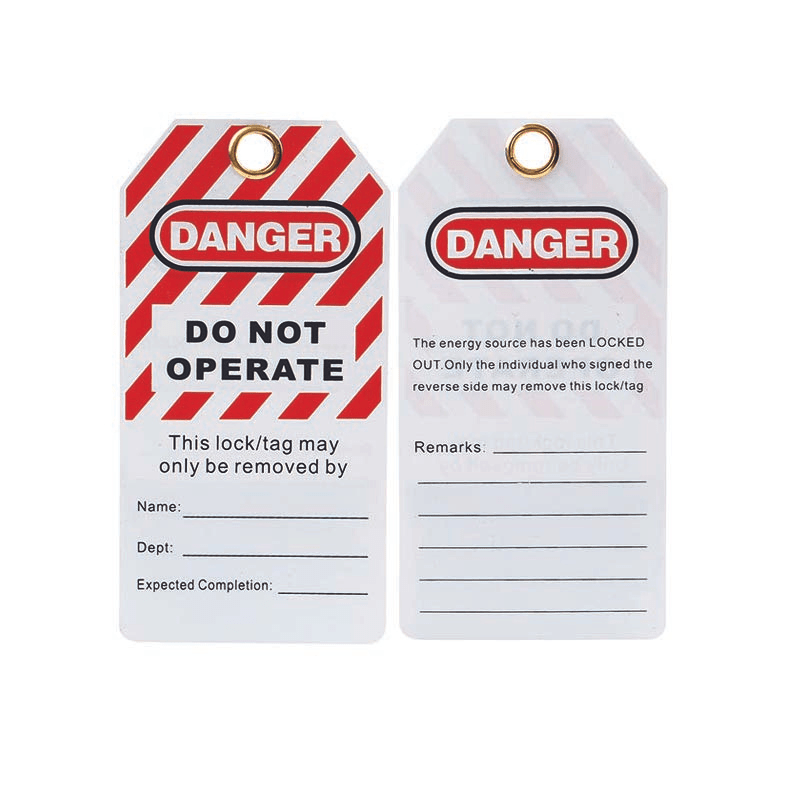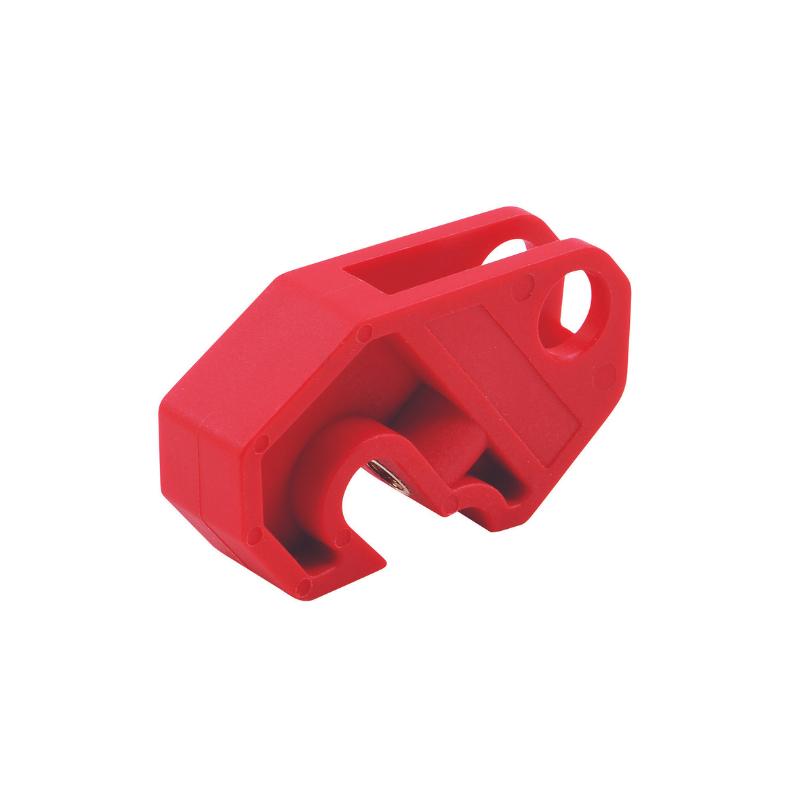In the fast-paced work environments of today, where efficiency often takes precedence, the importance of health and safety in the workplace cannot be overstated. Europe, with its diverse business cultures and regulatory environments, offers unique challenges and opportunities in designing or retrofitting workplaces that prioritize health and safety. This comprehensive guide aims to provide actionable insights and practical tips for European businesses seeking to foster safer work environments.
Understanding the European Framework for Workplace Safety
Europe is characterized by a broad spectrum of regulations and standards pertaining to workplace health and safety, governed at both the EU and national levels. The European Agency for Safety and Health at Work (EU-OSHA) plays a pivotal role in promoting safe and healthy working conditions. Familiarity with directives such as the Framework Directive (89/391/EEC) is essential for businesses operating in Europe, as it lays down the basic principles for safety and health management in the workplace.
Conducting Risk Assessments: The First Step
The process of conducting risk assessments is not merely a regulatory formality but the bedrock of an effective health and safety strategy. This critical first step involves a detailed process of identifying potential hazards that could harm workers, from physical risks like machinery and chemical exposure to ergonomic and psychosocial risks such as repetitive strain injuries and work-related stress. Once these hazards are identified, the next step is to evaluate the likelihood and potential severity of harm they could cause, which requires a deep understanding of the work processes and the interaction of various elements within the workplace.
The evaluation process should consider not just routine tasks but also non-routine operations, such as maintenance, cleaning, and even the impact of external factors like weather conditions for outdoor work. This comprehensive approach ensures that all potential risks are accounted for and appropriately prioritized.
Mitigating identified risks involves a hierarchy of controls, from eliminating hazards where possible to minimizing risks through engineering controls, administrative actions, and personal protective equipment. European businesses must ensure that risk assessments are conducted by individuals with the requisite competence, which may require specific training or the involvement of external experts.
Documenting the findings of risk assessments is crucial, not just for regulatory compliance but also for communicating the risks and controls to all stakeholders, including employees, contractors, and visitors. This documentation serves as a foundation for ongoing safety management and provides a reference point for future assessments.
Ergonomics: Enhancing Comfort and Safety
Ergonomics, the science of designing work to fit the worker, is pivotal in creating a health and safety-conscious workplace. It extends beyond merely providing ergonomic chairs or adjustable desks; it encompasses a holistic view of how work tasks, equipment, and the environment interact with the worker's capabilities and limitations.
The goal is to design jobs and workstations that promote efficient, comfortable, and safe work postures and movements, thereby reducing the physical strain on workers and preventing a wide range of musculoskeletal disorders, which are among the most common work-related ailments in Europe. This involves assessing tasks for repetitive movements, manual handling demands, and the need for sustained postures that could lead to strain or injury.
Implementing ergonomic solutions can range from simple adjustments like repositioning monitors to eye level and ensuring that frequently used items are within easy reach, to more significant changes like redesigning work processes to reduce manual handling or providing assistive devices to alleviate physical strain.
Mental Health: A Growing Priority
The recognition of mental health as a critical aspect of workplace health and safety marks a significant shift in how businesses approach worker well-being. The stresses of modern work life, including high workloads, tight deadlines, and the blurring boundaries between work and personal life, can take a toll on employees' mental health.
Creating a supportive work environment involves several strategies, such as ensuring workloads are reasonable, providing flexibility in work hours and locations to support work-life balance, and fostering a workplace culture where employees feel valued and supported. Access to mental health resources, such as employee assistance programs and counseling services, should be provided, ensuring confidentiality and easy accessibility.
Promoting mental health also involves destigmatizing mental health issues, encouraging open conversations about mental well-being, and providing training for managers to recognize signs of mental health struggles and to offer appropriate support.
Emergency Preparedness: Planning for the Unexpected
Emergency preparedness is about expecting the unexpected and having robust plans in place to deal with emergencies swiftly and effectively. This encompasses a wide range of potential incidents, from common emergencies like fires and medical situations to less frequent but high-impact events like chemical spills, explosions, or natural disasters.
Developing clear, well-communicated emergency procedures, conducting regular emergency drills, and ensuring that all employees are familiar with these procedures are fundamental steps. Signage should be clear and ubiquitous, guiding employees to emergency exits, assembly points, and equipment like fire extinguishers and first aid kits. The accessibility and maintenance of such emergency equipment are non-negotiable, ensuring they are ready to use when needed.
Emergency preparedness also involves considering the needs of all employees, including those with disabilities, ensuring that evacuation plans and emergency procedures are inclusive and accessible to everyone.
Health and Safety Training: Empowering Employees
Effective health and safety training goes beyond mere compliance; it empowers employees to take an active role in their own safety and the safety of their colleagues. This training should cover the specific hazards and safety procedures relevant to the employees' roles, as well as broader health and safety principles that apply to the workplace as a whole.
Engaging training methods, such as interactive workshops, simulations, and practical demonstrations, can significantly enhance the learning experience, making it more likely that employees will retain and apply the knowledge in their day-to-day work. Including real-life case studies and examples can also help in illustrating the real-world implications of health and safety practices.
Regular refresher sessions are important to keep the information current and top of mind, and training should be adapted as new risks emerge or when changes in processes or equipment occur.
Incorporating Technology: The Role of Digital Solutions
The integration of technology into workplace health and safety management opens up new avenues for enhancing safety measures and streamlining safety processes. Digital tools can support risk assessments by providing platforms for easier documentation, sharing, and updating of risk-related information.
Real-time monitoring of workplace conditions through sensors and IoT devices can provide immediate feedback on environmental conditions, such as air quality or noise levels, allowing for prompt action to mitigate risks. Wearable technology can monitor physiological indicators in workers, alerting them and their supervisors to potential health issues before they become serious.
Safety management software can centralize documentation, incident reporting, and compliance tracking, making it easier to manage and analyze health and safety data. This can lead to more informed decision-making and a proactive approach to risk management.
Creating a Safety Culture: Leadership and Participation
The establishment of a strong safety culture is perhaps the most crucial element in ensuring the long-term success of health and safety initiatives. This culture is characterized by shared values, beliefs, and practices regarding safety, where safety is not seen as just one of many priorities but as a fundamental value that permeates every aspect of the organization.
Leadership commitment is key to driving this culture, with senior management not only endorsing health and safety policies and procedures but actively participating in and promoting safety initiatives. This top-down commitment sets the tone for the entire organization, signaling that safety is a non-negotiable aspect of the workplace.
Equally important is the active participation of employees at all levels in safety-related activities, from participating in risk assessments and safety committees to contributing ideas for improving safety and reporting near-misses and incidents. This inclusive approach ensures a wide range of perspectives and fosters a sense of ownership and responsibility for workplace safety among all employees.
Creating a safety culture is an ongoing process, requiring continuous effort, regular communication, and a willingness to learn from incidents and near misses. It involves celebrating successes in improving safety and viewing mistakes as opportunities for learning and improvement.
In conclusion, designing a health and safety-conscious workplace in Europe involves a multifaceted approach that integrates risk management, ergonomic design, mental health support, emergency preparedness, effective training, technological advancements, and the cultivation of a positive safety culture. By prioritizing the well-being of employees and adopting a proactive approach to health and safety, European businesses can create safer, more productive workplaces that benefit everyone involved.
Practical Tips for Implementing Health and Safety Practices
-
Start with a Solid Foundation: Ensure that your risk assessments are thorough and up-to-date. Use these assessments as the basis for all your health and safety initiatives.
-
Focus on Training: Develop a comprehensive training program that is engaging, relevant, and accessible to all employees. Consider using a variety of formats to cater to different learning styles.
-
Leverage Technology: Explore digital tools and solutions that can enhance your health and safety processes. From wearable devices to safety management software, technology can provide valuable support.
-
Engage Employees: Foster a participatory approach to health and safety. Involve employees in safety committees and encourage them to contribute ideas and feedback.
-
Prioritize Well-being: Incorporate wellness programs and initiatives that address both physical and mental health. Remember that a healthy workforce is a safe workforce.
-
Review and Adapt: Health and safety is an ongoing process. Regularly review your practices, policies, and procedures, and be prepared to adapt them in response to new challenges or information.
Creating a health and safety-conscious workplace in Europe requires a multifaceted approach that encompasses regulatory compliance, risk management, employee well-being, and cultural change. By adopting the strategies and practical tips outlined in this guide, European businesses can not only ensure compliance.



